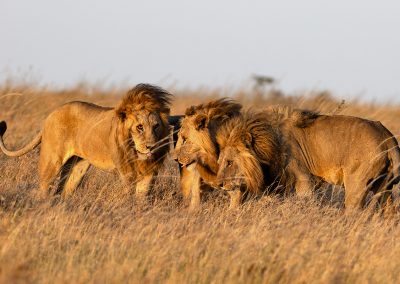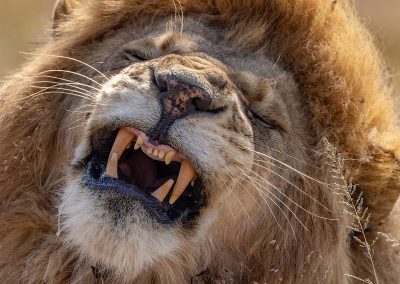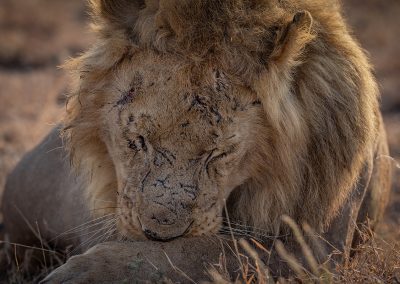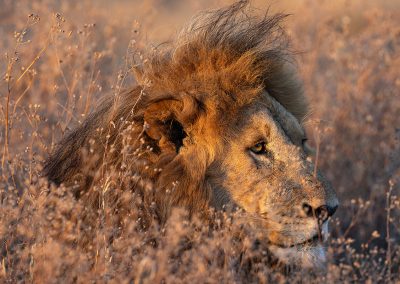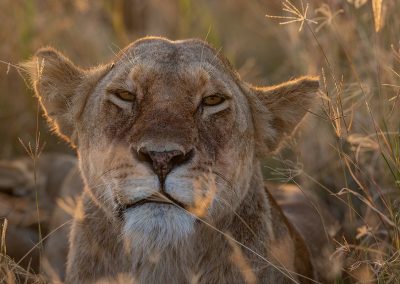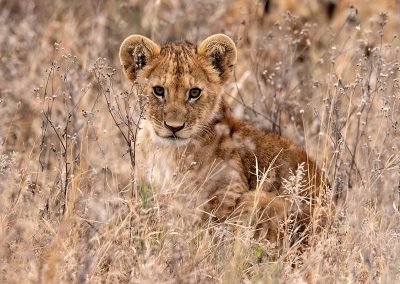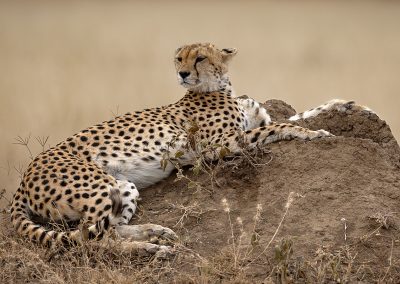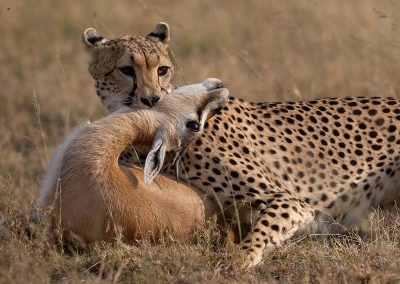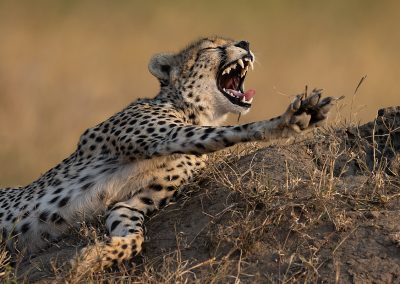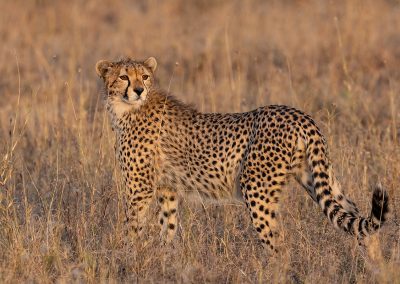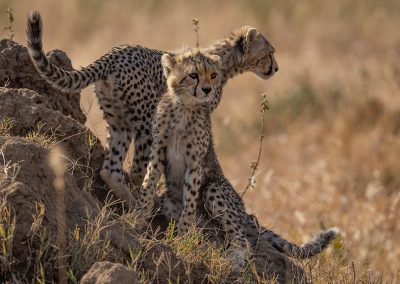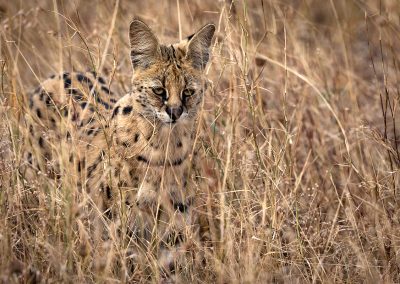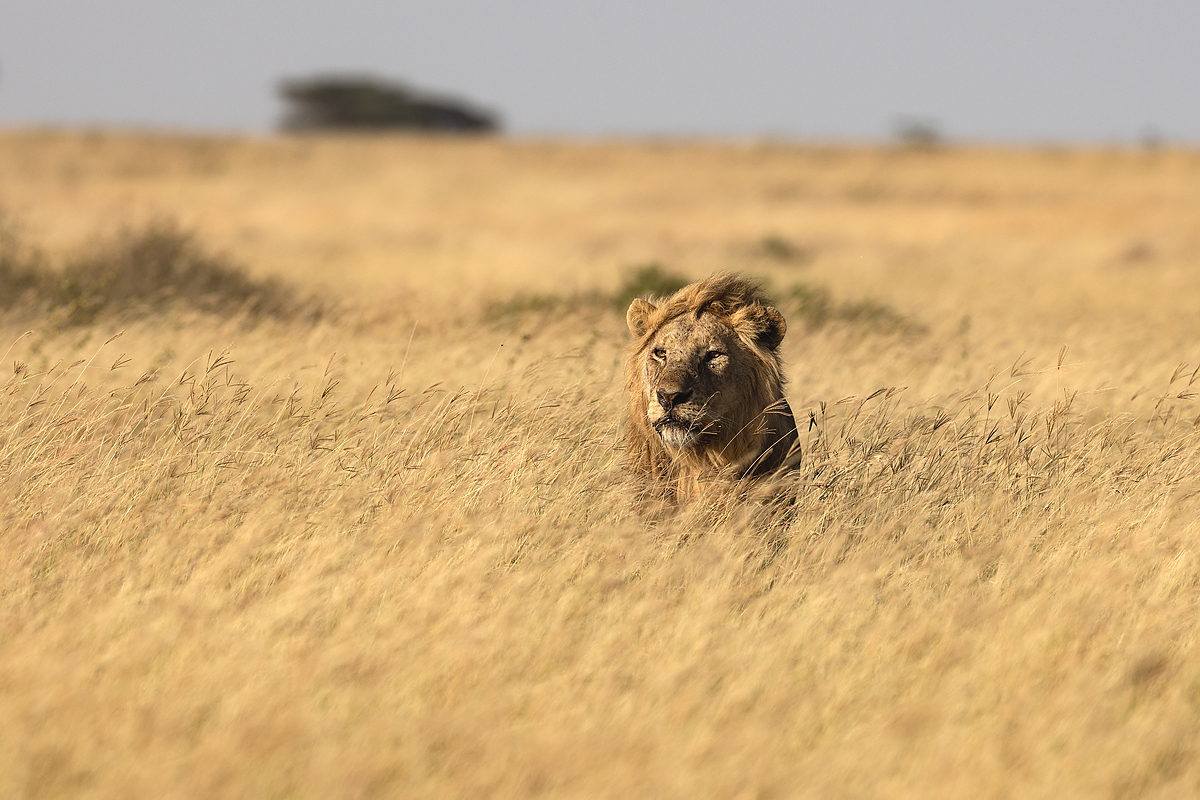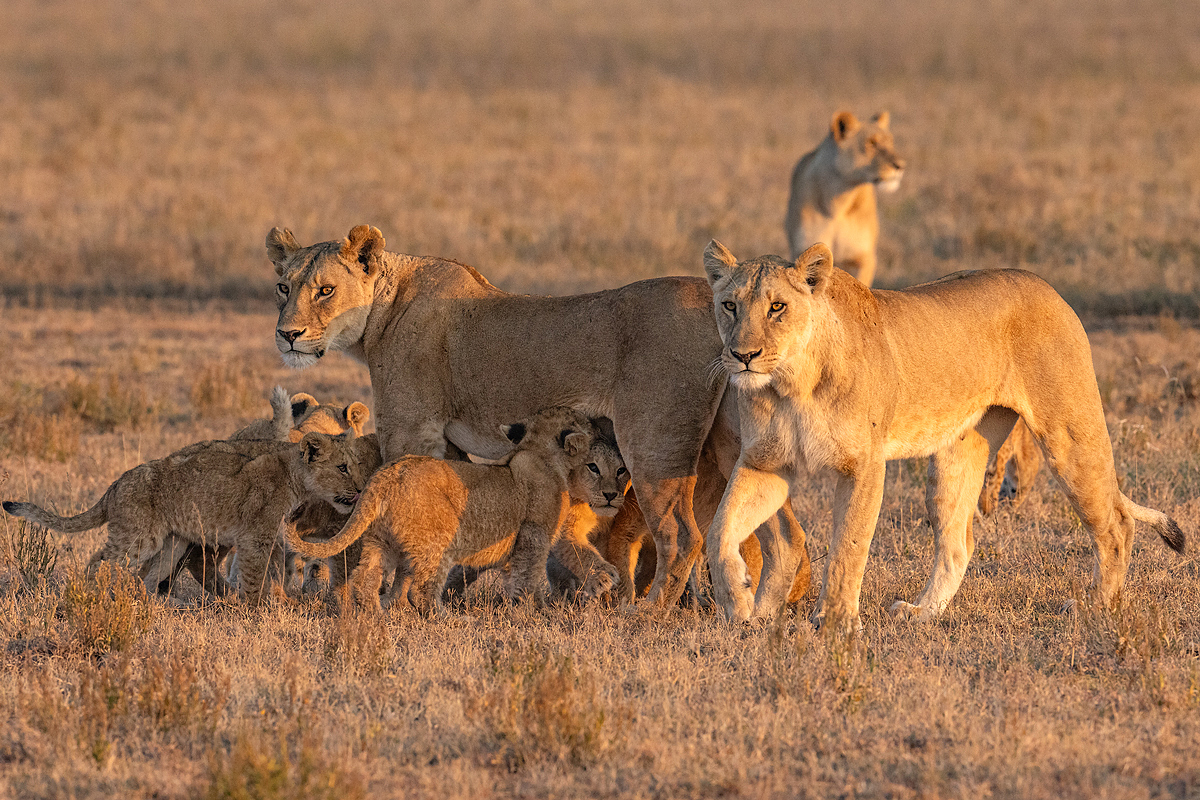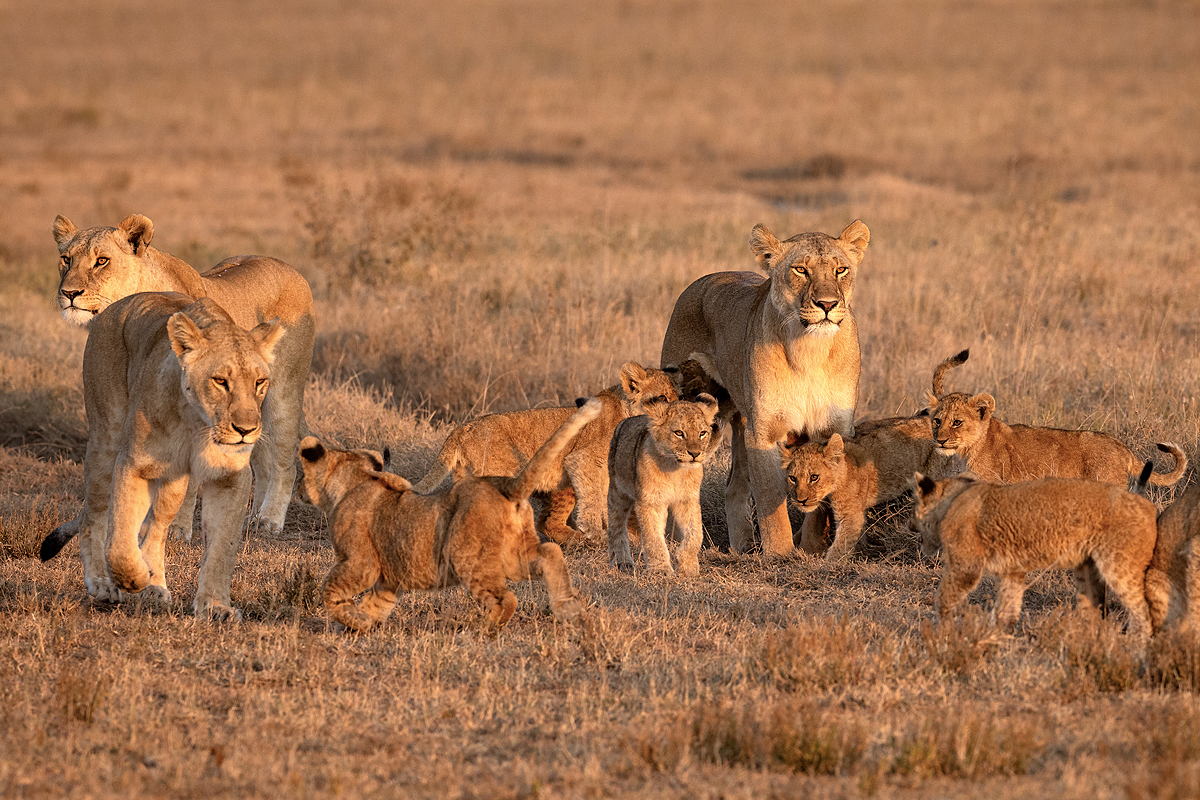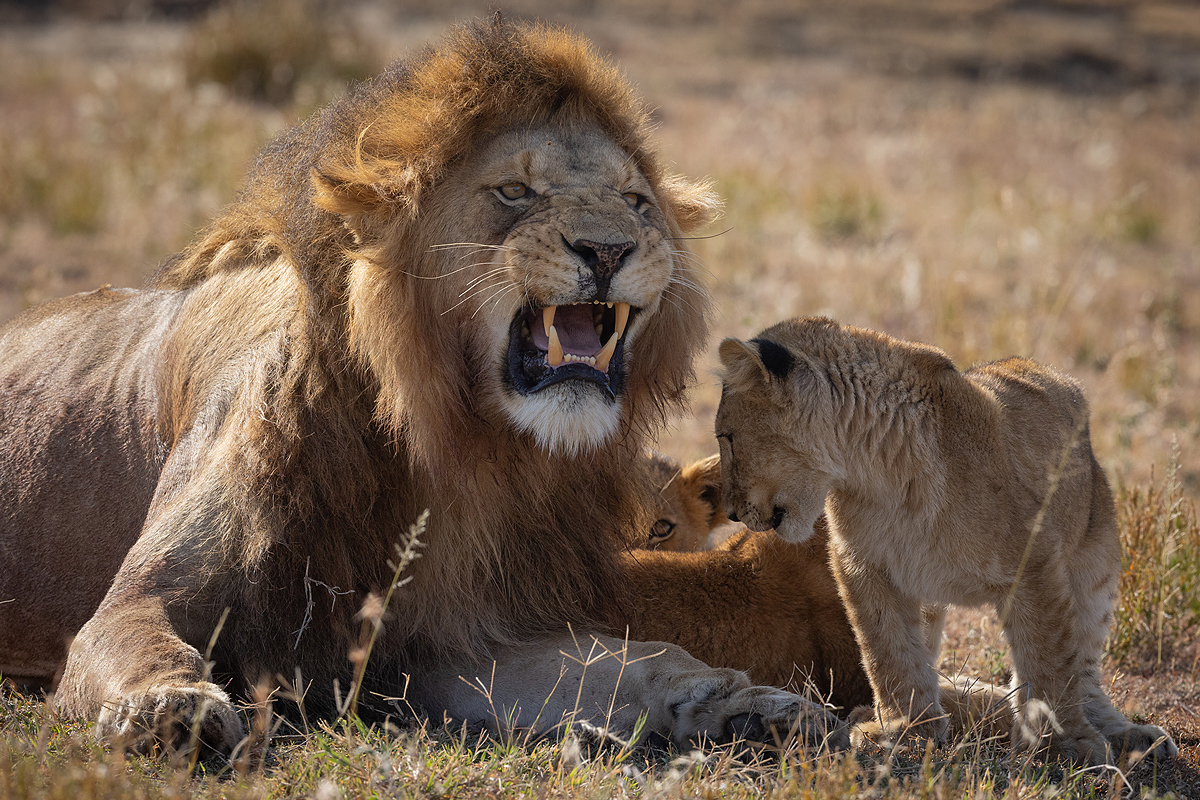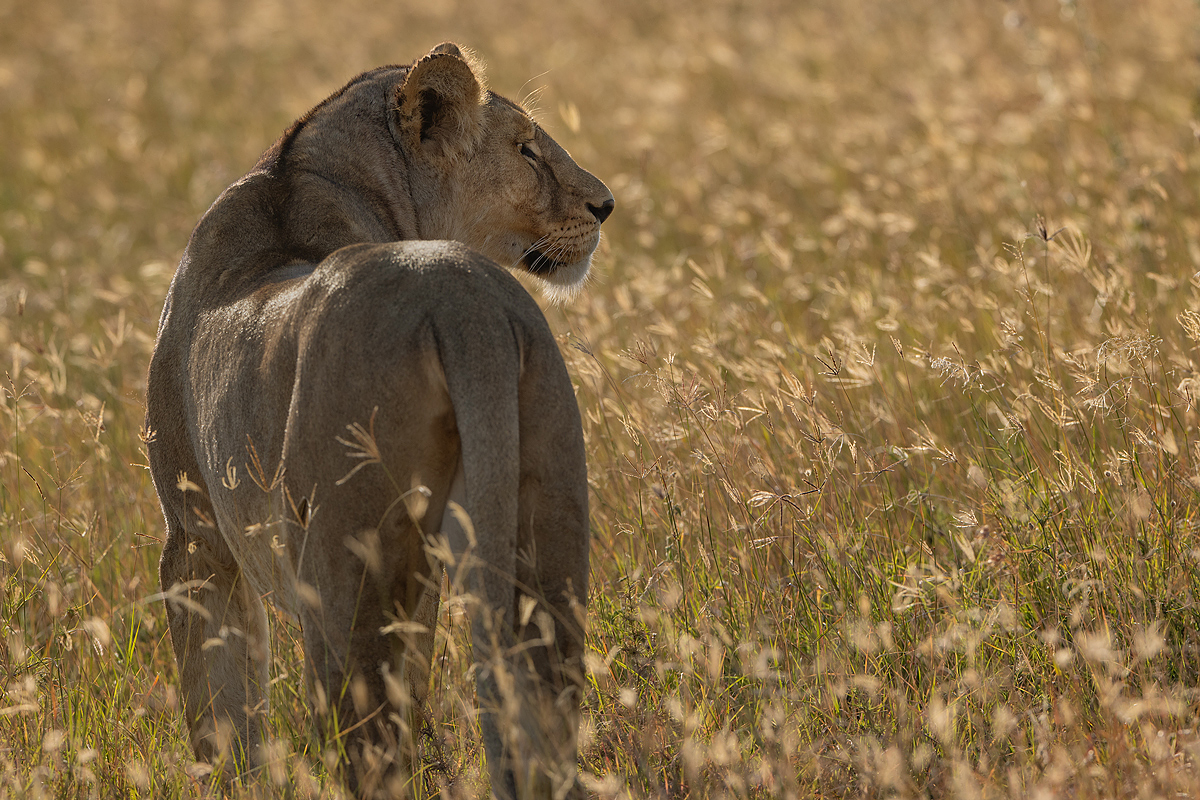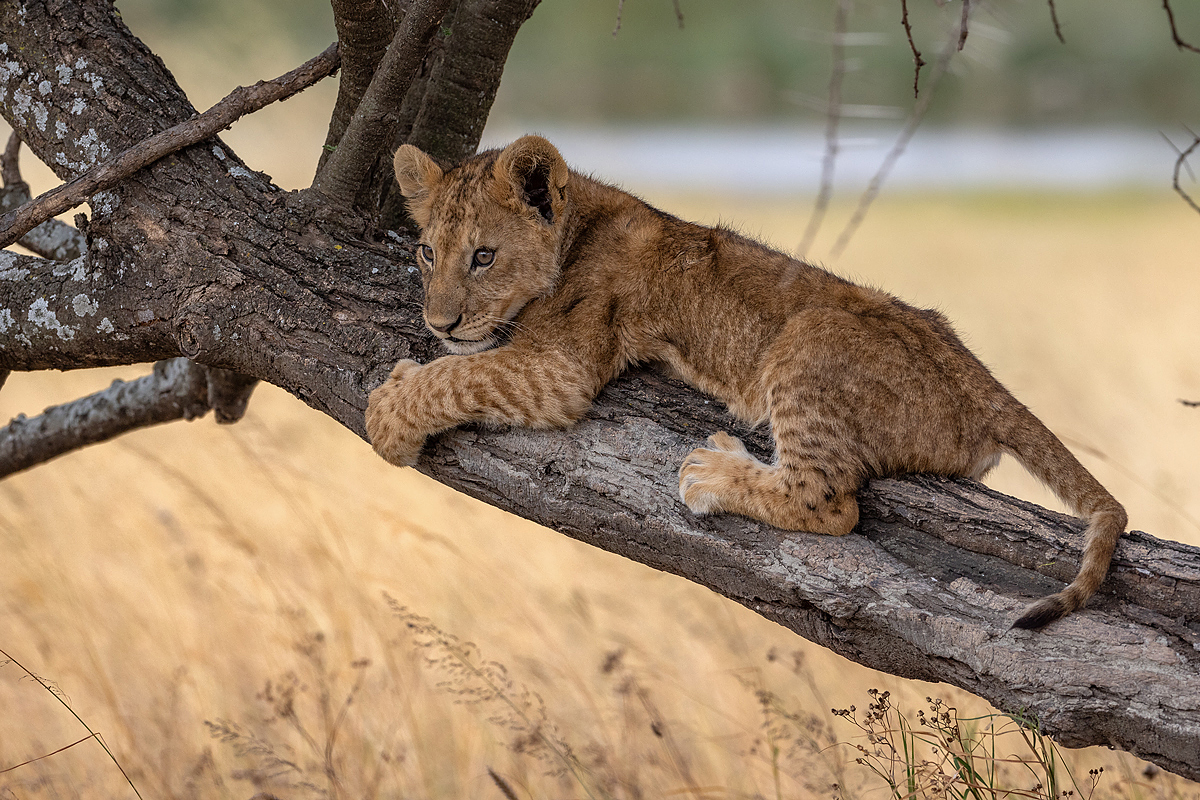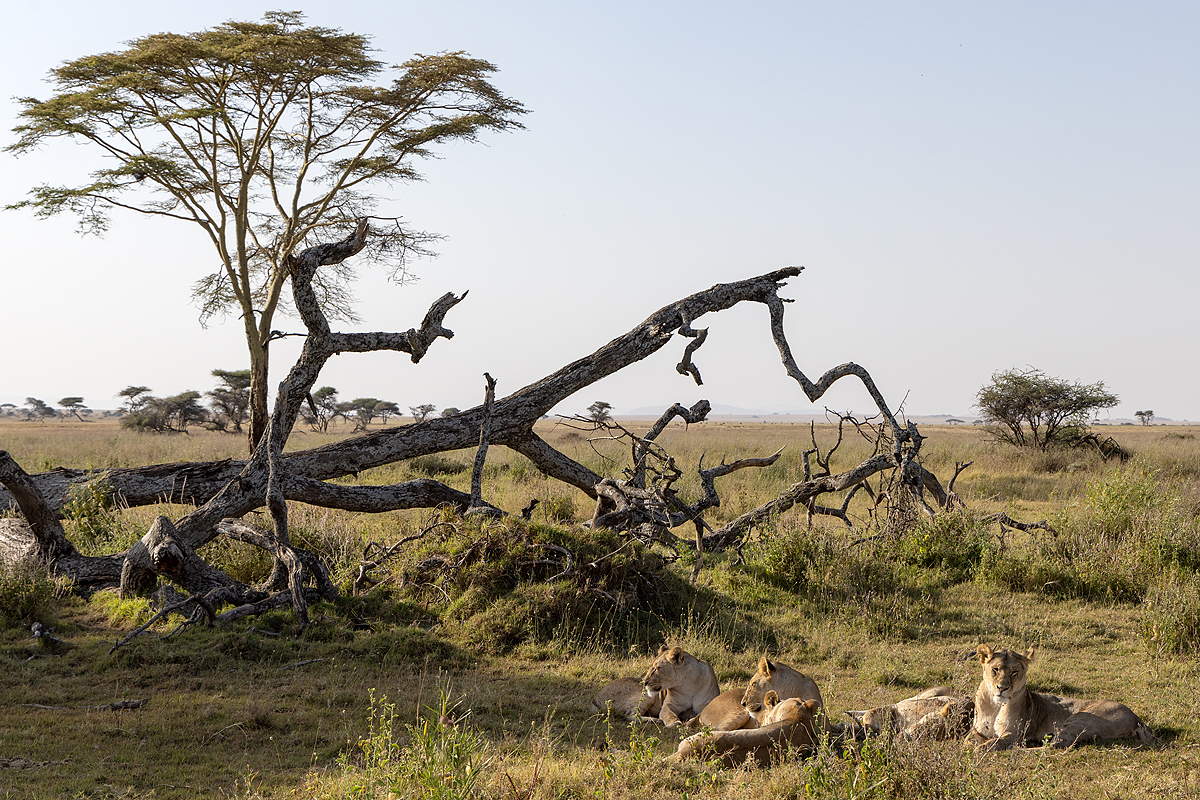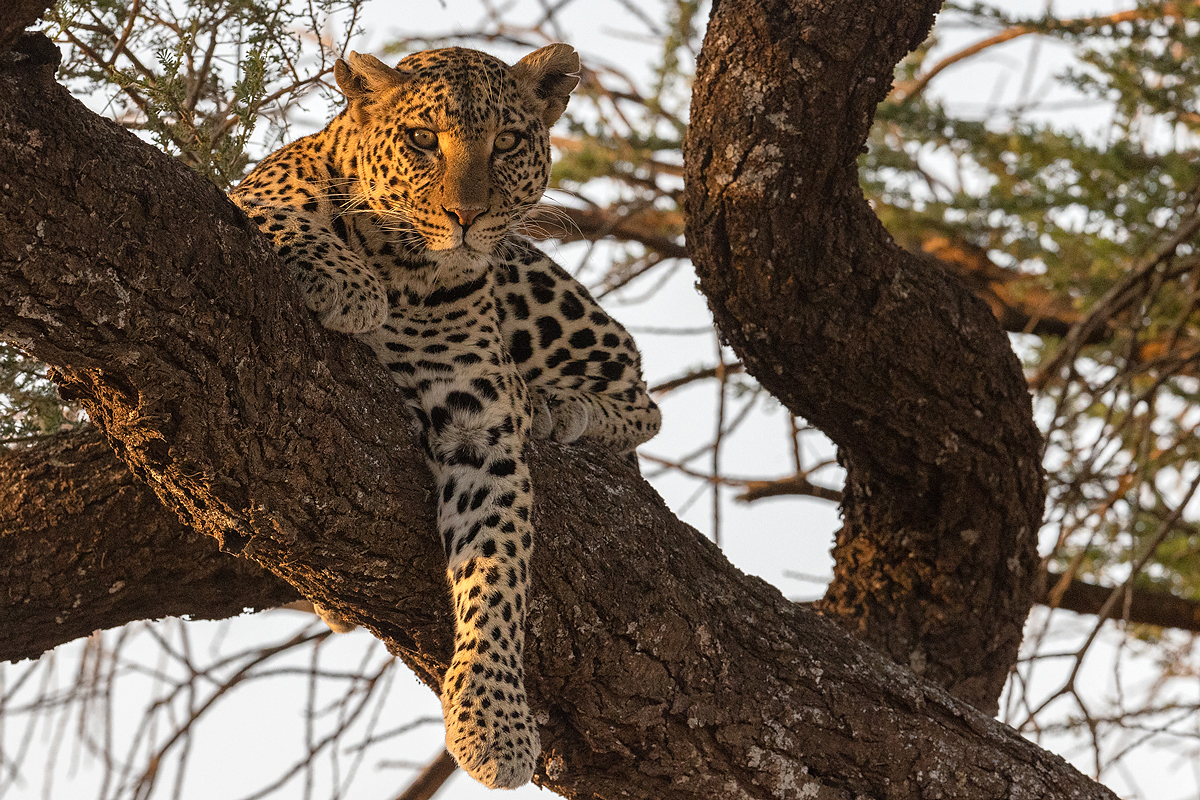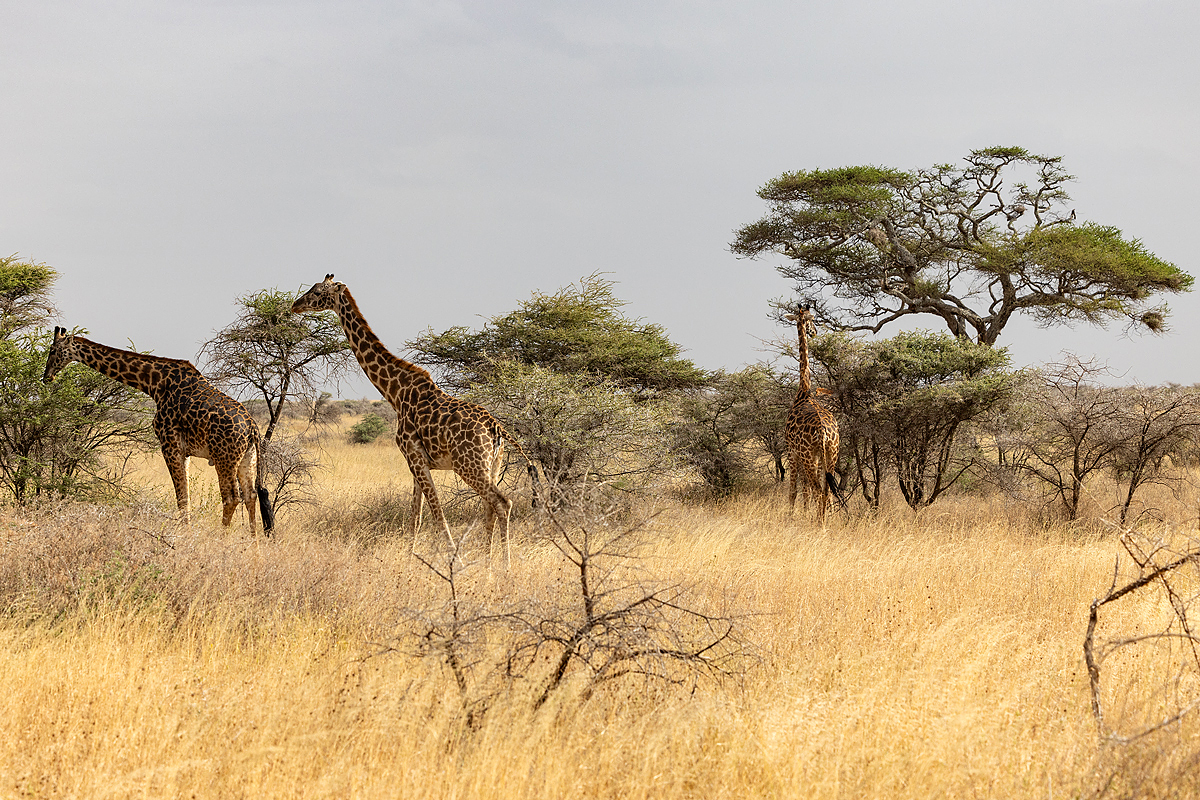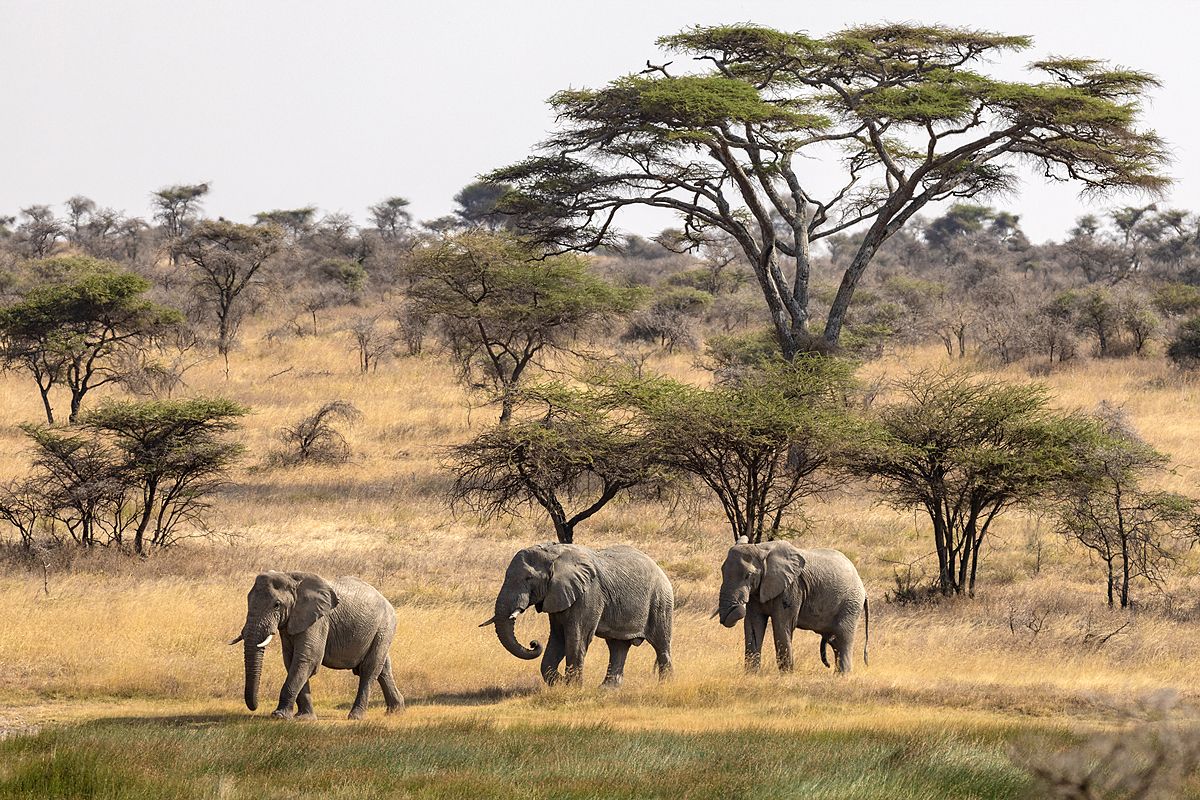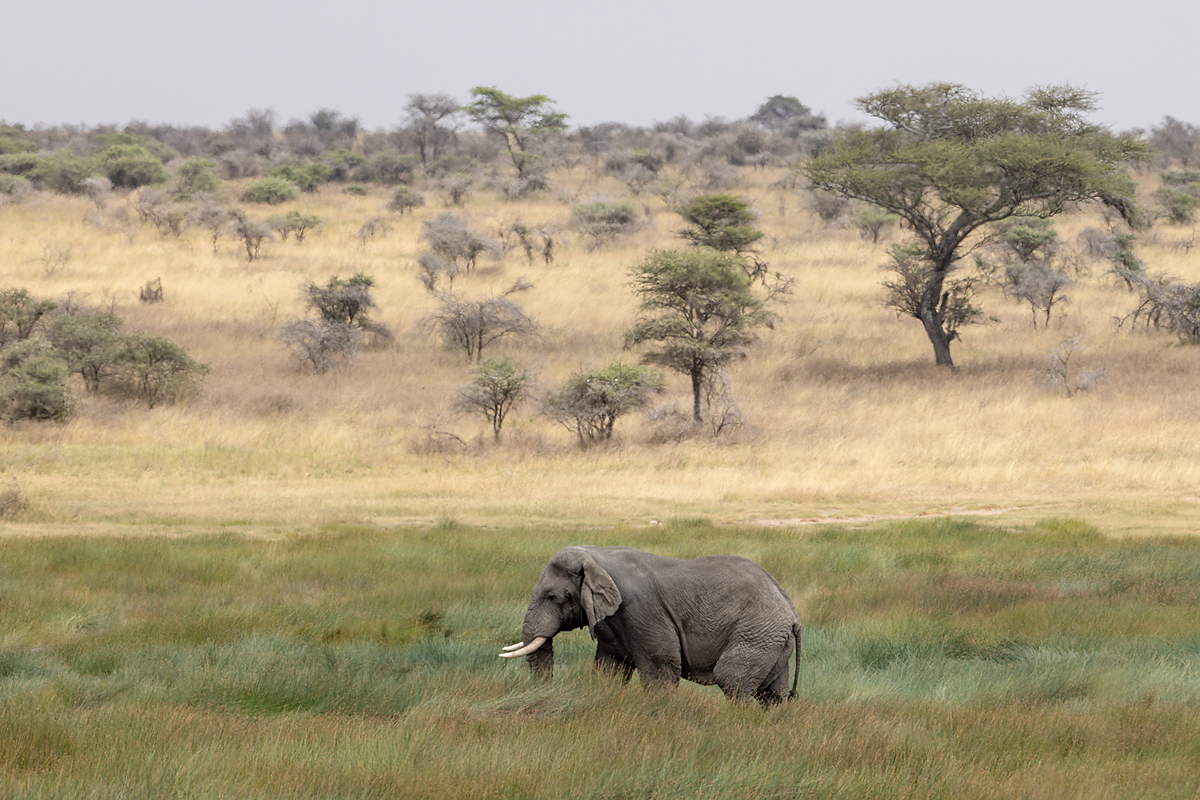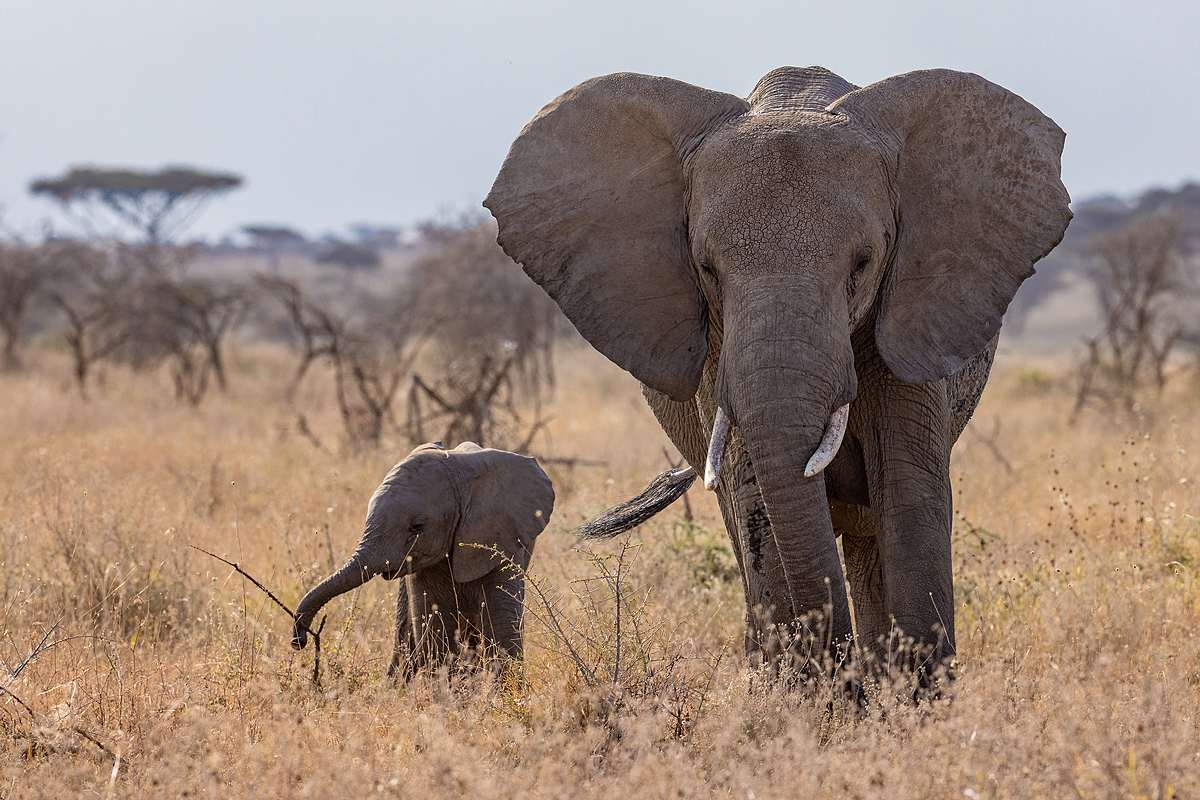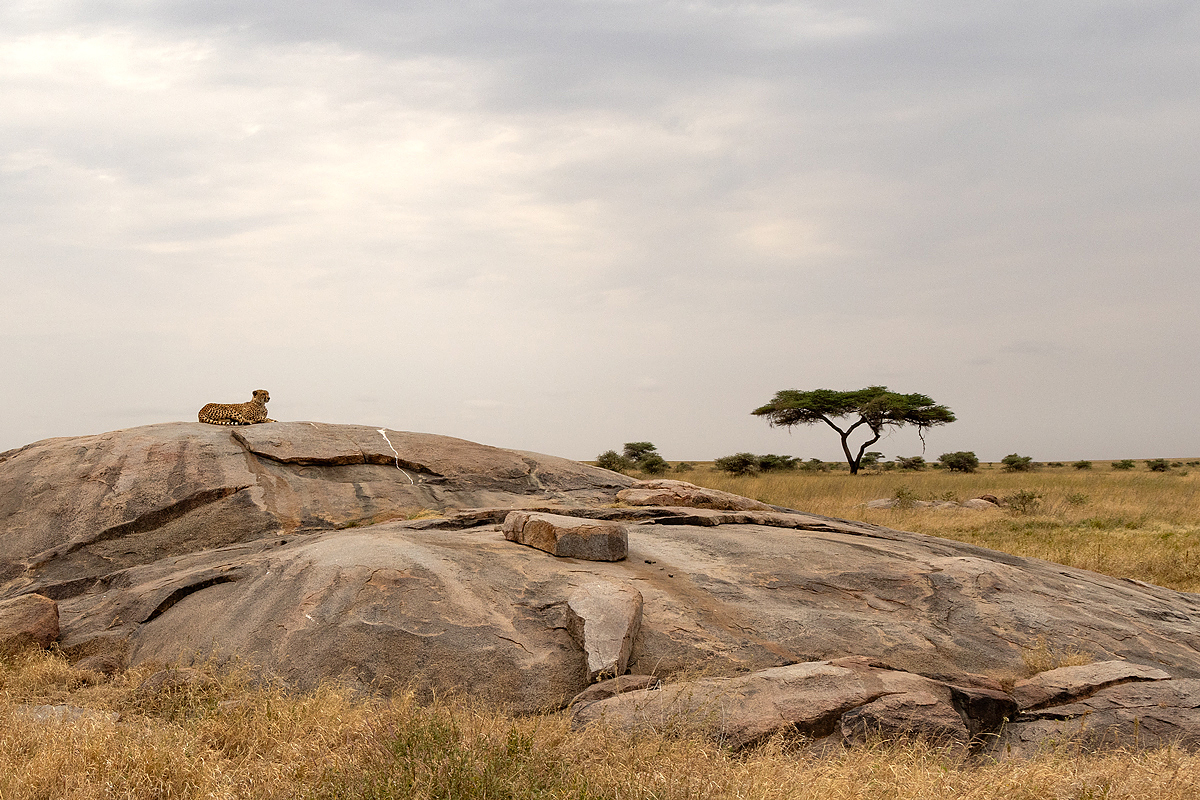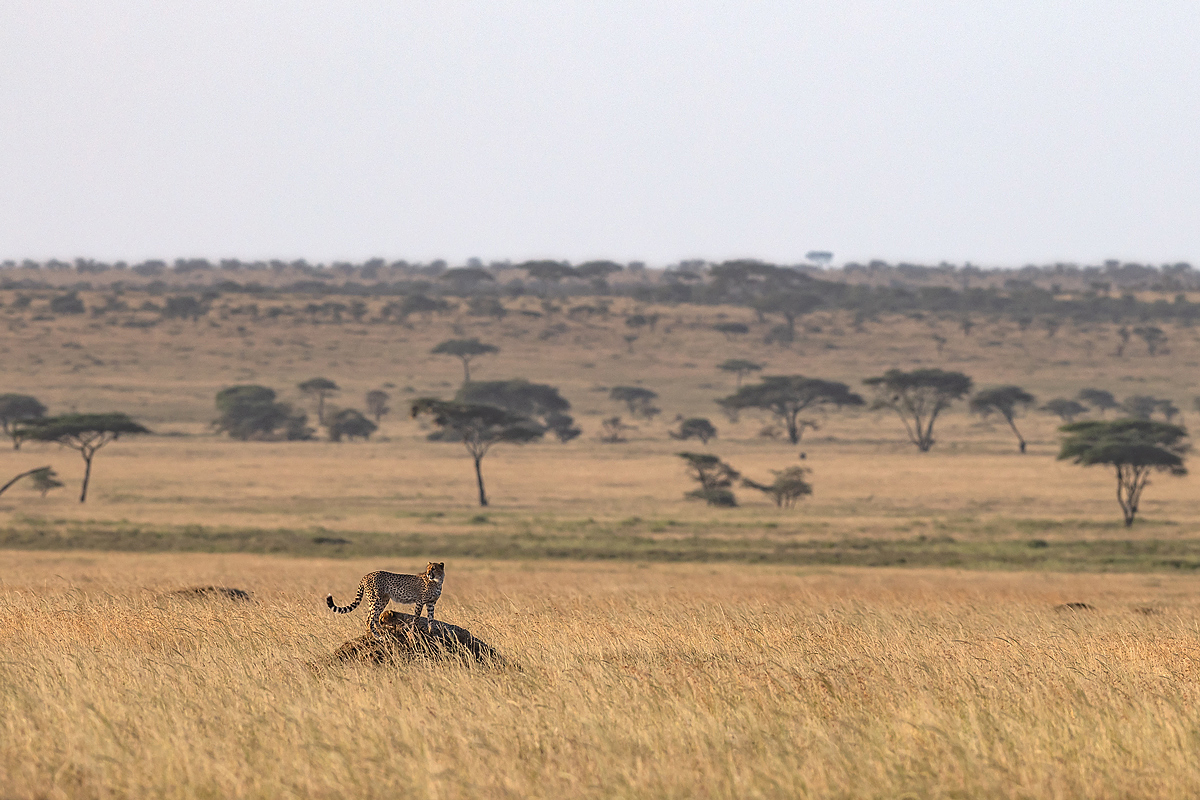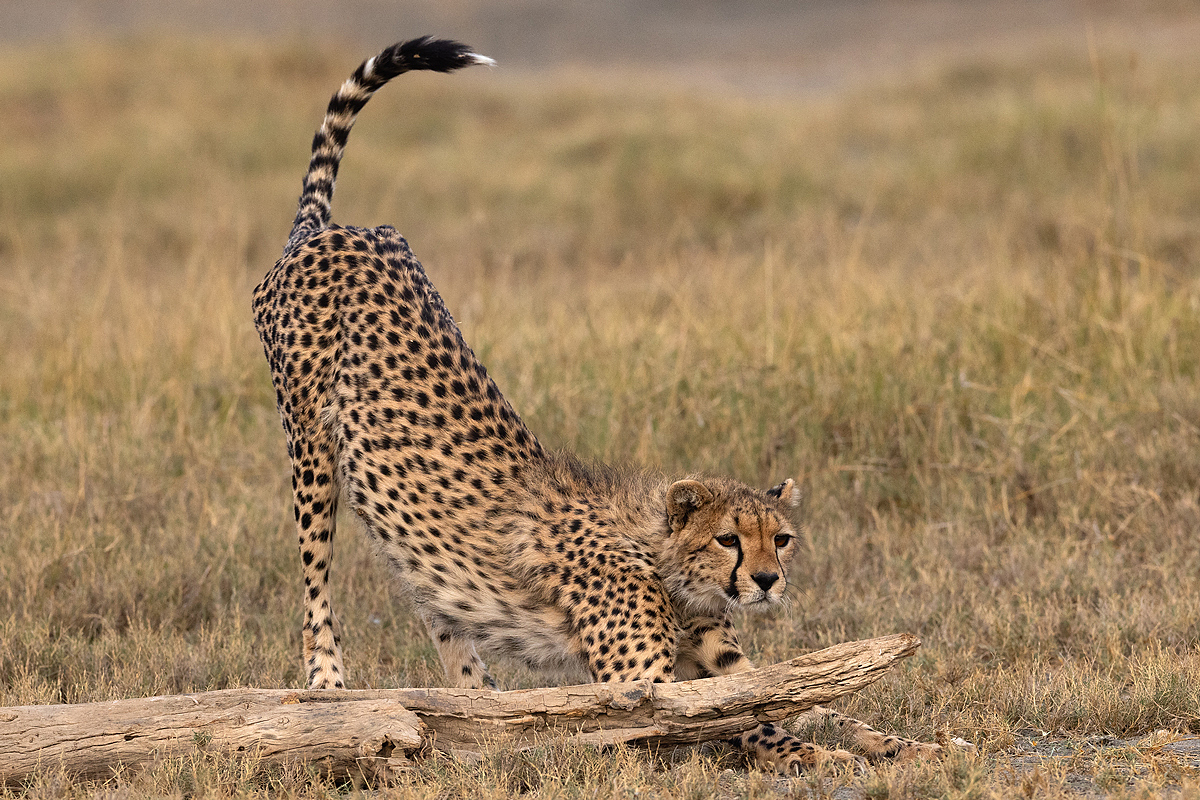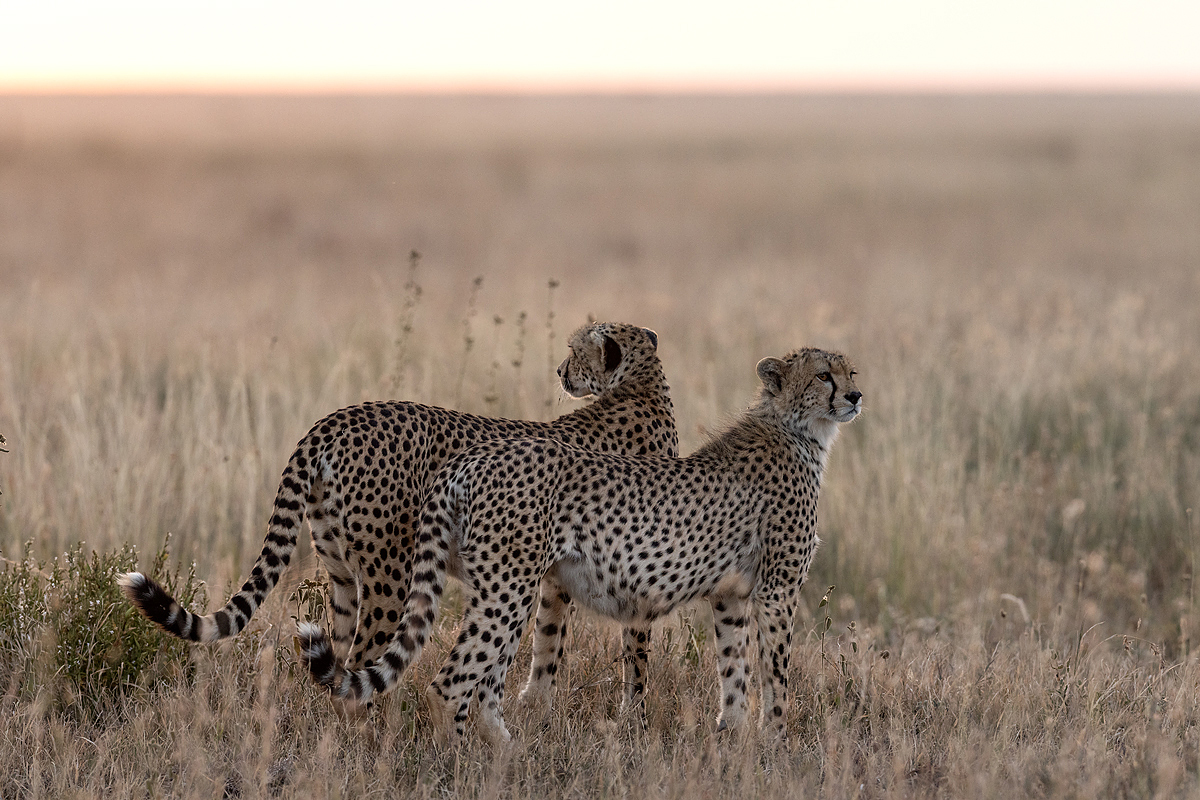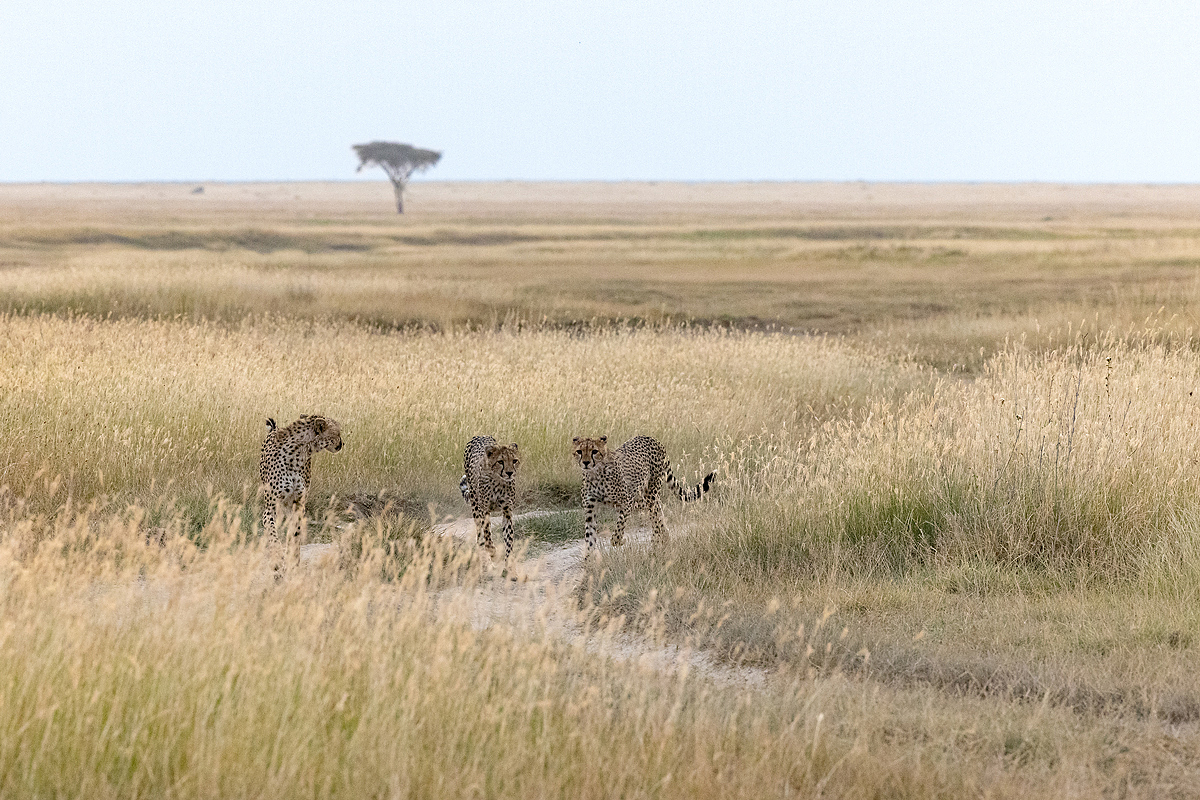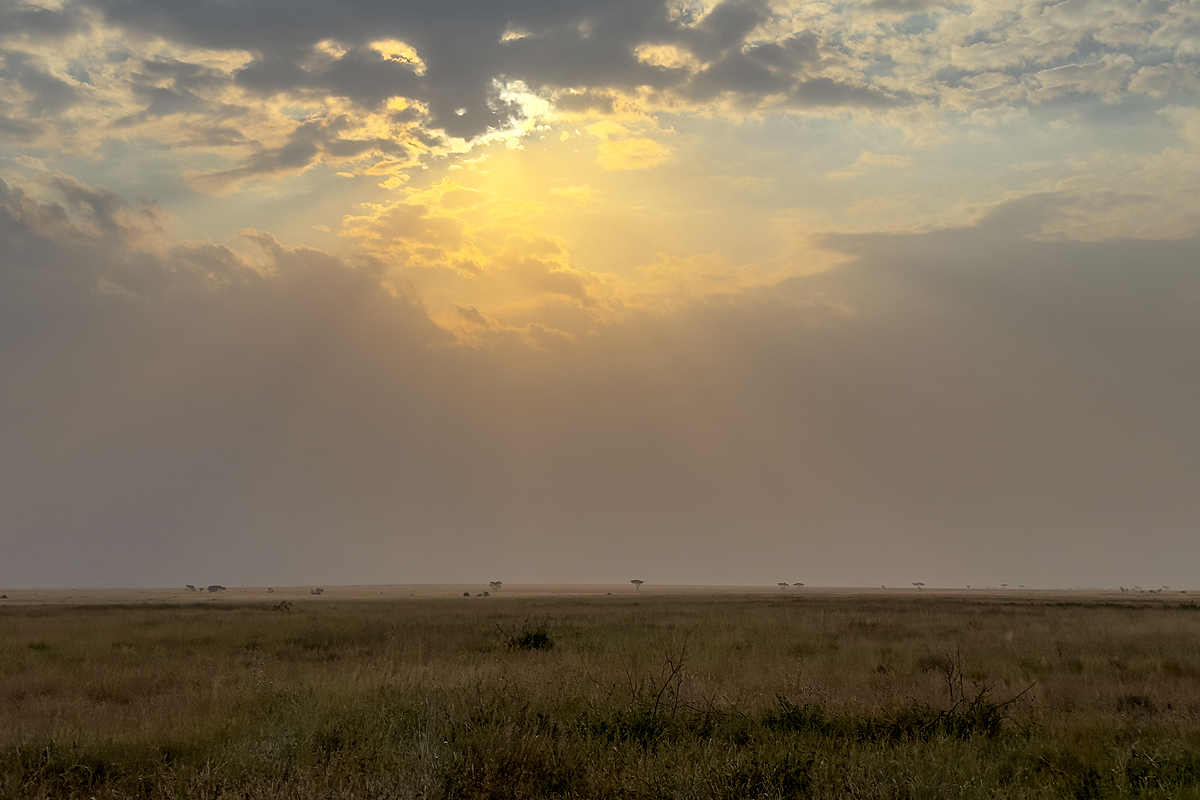Serengeti Big Cat Plains
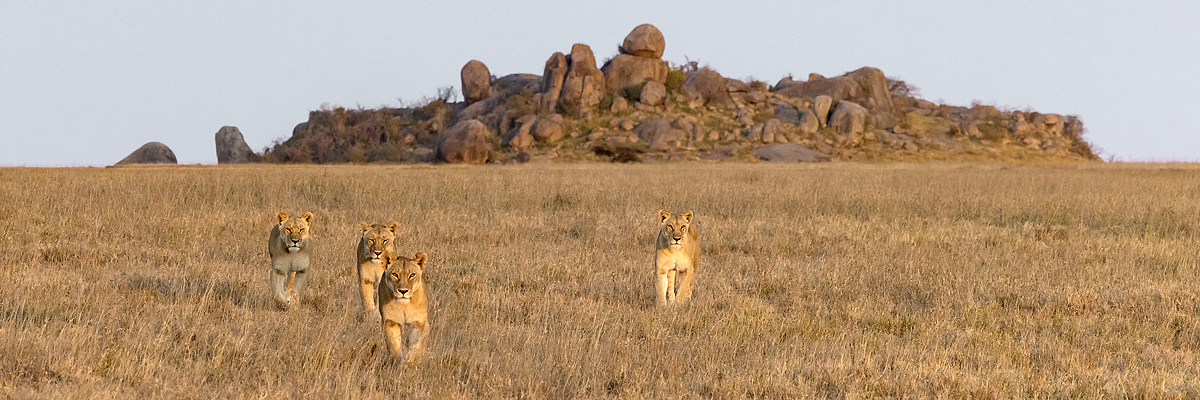
The last time we visited this part of the Serengeti was during the calving season in February of 2012. I had just published Tata&Squack – The Big Journey, a childrens book about the big migration of the wildebeest. Back then the plains were full of wildebeest, zebra, eland and Thomson’s gazelles. In August of this year the vast plains were empty. The migration had moved on, leaving behind the residents animals. We were reluctant to visit the Serengeti during the school holidays, but Namiri Plains turned out to be a great choice. The big human crowds had followed the migration.
The wildebeest move towards the Masai Mara this time of the year and cross the big rivers. This results in spectacular crossings which attracts many spectators. Therefore we were able to enjoy the wide open empty plains and the kopjes. They are home to many big cats. We saw prides of lions with coalitions of big males and there were numerous cubs which had been born shortly after the times of plenty when the migration passed through a few months ago. Cheetahs love the high grasses to stalk their prey and use the many termite mounds as lookout points.
The Serengeti is known for its semi-arid savannah landscape with grasslands, plains, kopjes, marshes and woodlands. The migration follows the rains and comes to feed on the short grass plains around Namiri. With ample food available the wildebeest drop and suckle their calves. The big cats also fatten up during this time of plenty.
When we visited the area the dry season was approaching, the seasonal waterholes were drying up and the grass showed its famous golden color. The kopjes stand out on the vast plains. They are massive formations, which were formed from the cooling of magma deep beneath the earths surface. Over time, erosion by wind and rain has weathered away the softer rock, leaving behind the more resistant granite. The kopjes provide shelter and protection for a wide variety of plant and animal species.

